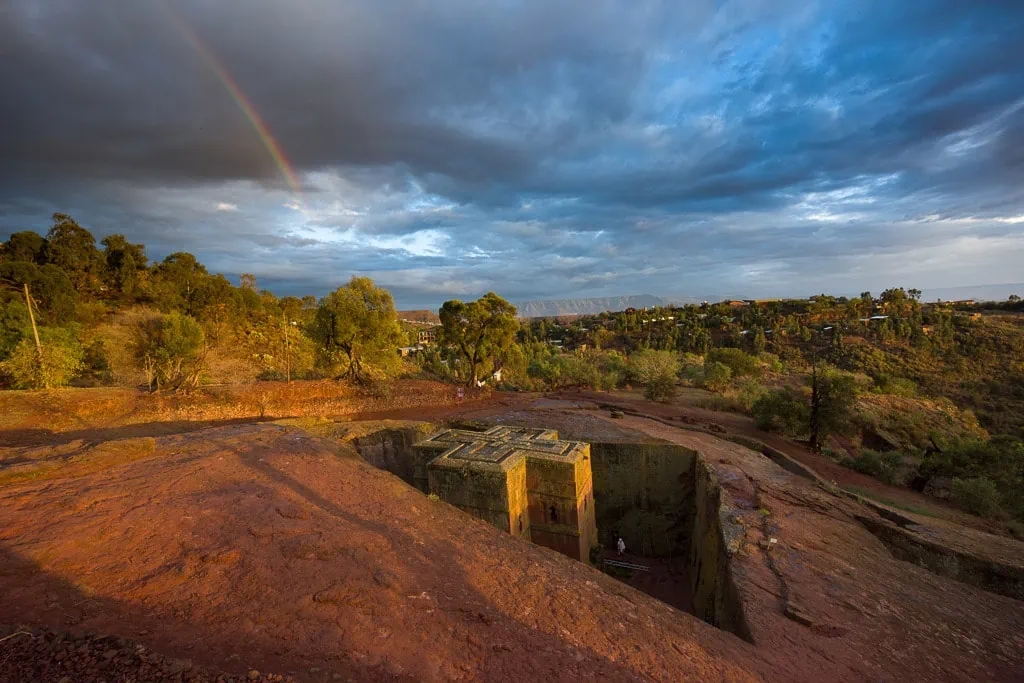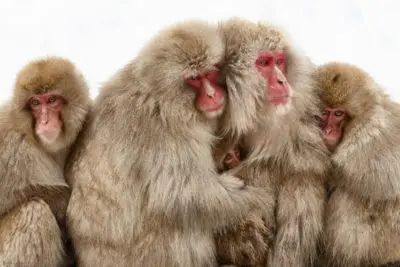For this interview we fly to the UK to meet Steve Davey, an established Photographer, Writer and Tour Leader based in Somerset.
A tireless traveler, who was able to make his passion a way of life. Steve’s work has been published internationally and includes two books edited by the BBC.
Let’s get to know him better!
Tell us about you Steve: how did your passion for Travel Photography started?
I didn’t travel overseas when I was a kid. The first time was a family holiday to Paris when I must have been about 16. I had previously got into photography at school, but was captivated walking around the same Parisian streets as some of my great heroes of photography – people like Cartier-Bresson and Robert Capa.
I was using a completely manual Pentax MX film camera and I recently found some of the shots I had taken on that trip, and I am still pretty happy with them!
The next Summer I was back in Paris, and the following year at the tender age of 18, I was Interrailing around Europe and got as far as Hungary – in those days still behind the Iron Curtain.
I realised then that there was an amazing World out there, far more exciting than where I had grown up and I wanted to see it, experience it, and of course photograph it.
I also realised that the very act of photographing it could open the door to travelling for me, without having to wait for that annual holiday!

What was your first official assignment?
My first official assignment was shooting an upmarket travel brochure in Southern Spain.
I had sold features before, but this was the first time that I had actually been commissioned to go anywhere. It was when I was supposed to be finishing off the exhibition for my Photography Degree, so I just dumped a pile of prints on a table and left.
Traveling around some of the most atmospheric parts of Southern Spain, staying in quality hotels and eating in some of the best restaurants seemed impossibly glamorous: I was hooked!
What camera do you use? Was it difficult to switch from analog to digital?
I shoot Nikon, and so use the Nikon D850 at the moment. It has incredible resolution, low light performance and handling: far better quality than even transparency film.
It wasn’t hard to make the switch: the hard thing was waiting for digital to exceed the quality of film. As soon as it did that, I was happy to take the plunge.
The main change for me is the sheer quality.
I always used to use a 15x loupe to view transparencies, and check for focus etc. Digital allows you to magnify pictures to a much greater level and view the quality. I am obsessive about quality, focus and sharpness and am able to get far better results with digital.

Your favorite lens.
It really does depend on what I am shooting.
I use the so-called Nikon Holy Trinity: 14-24; 24-70 and 70-200. All with a 2.8 aperture. There are usually carried in belt pouches, and I change lenses a lot.
For wildlife I use the Sigma 150-600mm sport which is incredible quality.
I prefer zoom lenses to prime; the quality is fantastic on pro-level zooms, and I find that they allow you to be more precise with composition. It also means that I am more likely to have the right lens on the camera in fast moving situations.
What does being a Travel Photographer mean to you?
For me a travel photographer should be a collector of experiences, not a passive observer.
I like to be a part of the action and to get people to react to, and interact with me. That way I can get the person looking at my pictures unique access to people, places and events.
Good travel photography should be a participatory thing. Photography has the extraordinary ability to intrigue people and make them part of a moment.
A travel anecdote: the story behind one of your photos.
Following on from my view on experiential travel photography, you can see that there are so many stories behind my pictures. In essence there are stories to almost every picture that I like enough to show to anyone.
The picture that I have chosen is one of my favourite portraits. It was taken in a remote village in the Chin Hills of Myanmar, where the older women have the most amazing face tattoos.

I was leading a tour, and I had arranged for the group to trek through the rain, down a muddy path to get to a remote village. The conditions were so bad that only three or four of the group wanted to come along. When we turned up we were greeted by an old man in a loin cloth with a bow and arrow. He escorted us to the village, and offered us homemade beer served in in cow horns. There were a number of people who had turned up to see us, and it turned into something of a party, with local music and dancing.
I set about making friends, and having fun. At one point I was invited to have a go with the bow and arrow, and later with a homemade percussion cap musket. All of this, as well as being great fun, broke down barriers, and so we were all completely integrated into the village. After some time, people seemed relaxed enough that I was able to get out the camera, and start taking portraits.
This shot was taken in very low light with the light from a window balanced by a reflector. We stayed at the village far later than we meant to, and had to climb down the hill, and cross a fallen down suspension bridge over a raging torrent to get back to a road. It was not just great for pictures, but also for the experience: unforgettable.
A few months later I was back at the village and brought a bunch of prints with me. The people there loved to see them, and I have since bought a small Canon Selphy printer than runs off a battery, so that next time I can give the pictures out straight away!
I first met and admired your work through "Travel Photography", a manual published by Footprint. Tell us more about the books you wrote.
The two editions of “Travel Photography” by Footprint are essentially a spin off from the photography tours that I started running in 2006.
The very action of having to explain the basics of photography to people helped me to formulate the background behind many things that I had been doing for years!
I am busy working on a third edition, but due to the COVID crisis, I am planning on including a lot more local, location photography.

What are the Photography Tours scheduled for 2021?
2021 is a bit of a blowout because of the COVID crisis. I have a trip to Georgia organised for a private group of past travellers who are now friends, and want to travel together. The other trips are rescheduled trips that were postponed in 2020 at the height of the crisis. These are trips to Namibia in September and Rajasthan in November.
Next year is likely to be a much better years, with trips to Madagascar in April, Ladakh in India in July, Uzbekistan in September and possibly Myanmar in November.
At the beginning of 2023 I am hoping to lead a trip to Antarctica!

You have been in the field of Travel Photography for a long time. What changes have you seen in these years and what do you feel like suggesting to a photographer who is about to start this activity?
The biggest change is the advent of digital photography, and the democratisation of photography.
With film, if you weren’t shooting transparency film it was all but impossible to sell work. There were a lot of talented amateur photographers around who were shooting negative film, and so they were effectively cutting themselves out of the industry.
With digital, essentially all cameras are the same. Granted some are a little sharper, or might have more pixels, or be able to shoot in darker conditions, but for the average user downloading images from an online library none of this is important.
As a result, working as a Travel Photographer is more open to the amateur photographer than ever before. Unfortunately this has led to a race to the bottom where the usage rights for all photography has plummeted.
On the positive side, it means that with a modern camera, a laptop and a local mobile phone I can file newsworthy pictures from anywhere in the world. I can, in effect, be my own news agency, and have made use of this a number of times.
Without a doubt the industry has changed, but – even in the middle of the third COVID lockdown in the UK, when all work seems to have dried up, and I have spent the least amount of time out of the country in the last thirty years – I am trying to focus on the positives, and the new opportunities.
There is a great quote attributed to Robert Capa, one of the co-founders of the Magnum Photo Agency. He was talking to another of the founder, Henri Cartier-Bresson, who was a surrealist photographer. Capa recommended that if he wanted to get work he shouldn’t describe himself as a surrealist, but a photojournalist – and just keep taking surrealist pictures.
With Travel Photography being so flooded by fauxtographers right now, don’t be a Travel Photographer – be any other style of photographer, just do it whilst you are travelling.
Then you might, just be able to make a living!








